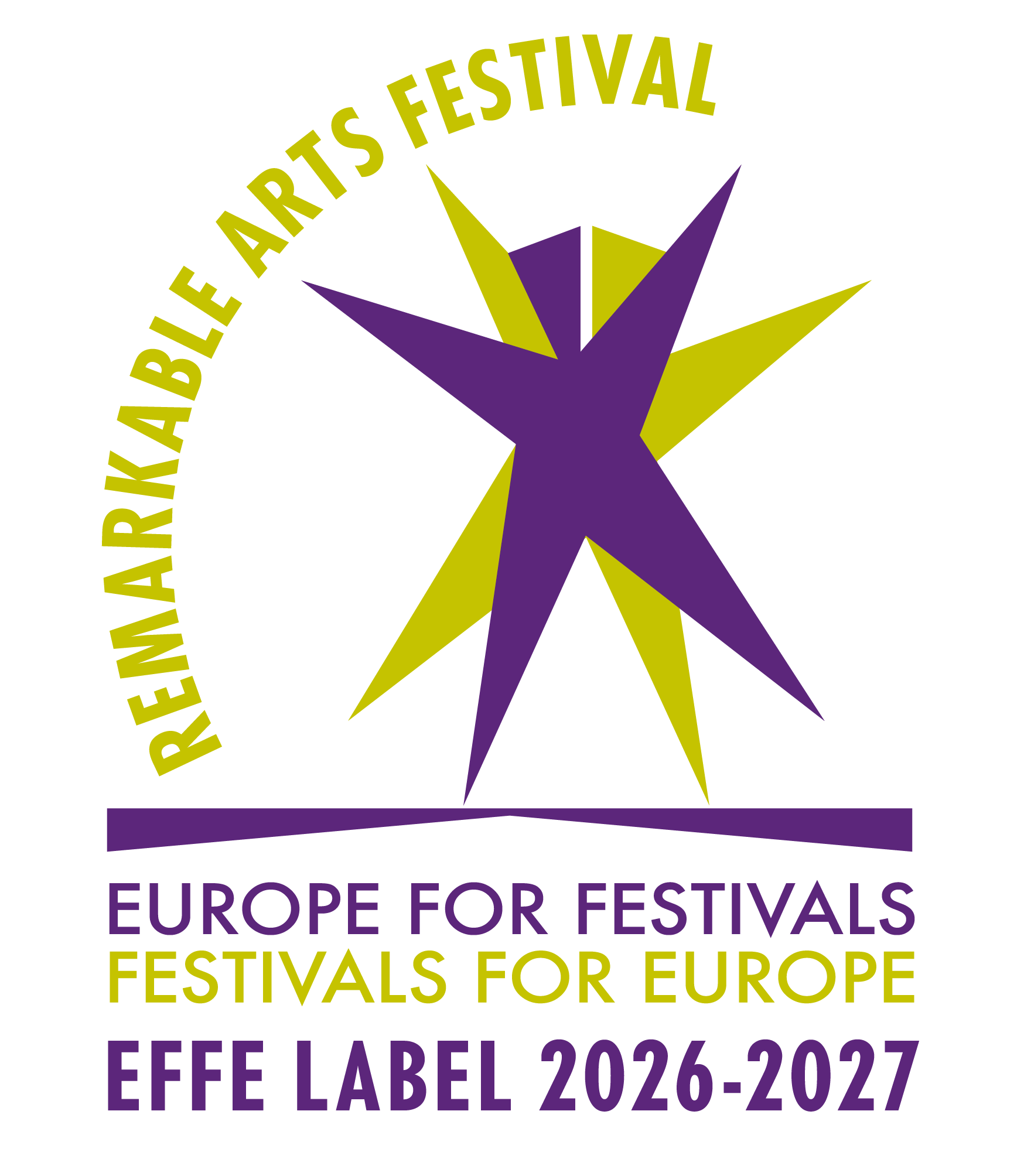- home
- festival
- festival 2025 – XXXII
- festival 2024 – XXXI
- festival 2023 – XXX
- festival 2022 – XXIX
- festival 2021 – XXVIII
- festival 2020 – XXVII
- festival 2019 – XXVI
- festival 2018 – XXV
- festival 2017 – XXIV
- festival 2016 – XXIII
- festival 2015 – XXII
- festival 2014 – XXI
- festival 2013 – XX
- festivals archive 1994 – 2012
- tickets
- foundation
- projects
- productions
- events
- news
- contacts
Yu Yanan
PING PONG
May 11, 2019 18:00
PARC Performing Arts Research Centre Firenze | IT
within
FOCUS CHINA
Body, ideology, contemporary
Ping Pong is a journey of investigation into the relationship between body and ideology, with the culture acting as a medium. Recalling the childhood spent practicing ping pong, the national sport in which her mother was a junior champion, Yu Yanan reflects on the body as a malleable material, shaped by ideological tensions. Not only metaphorically, but materially, in the posture and the muscular tension. At the opposite end of this relationship, the body as represented by visual arts (sculpture, painting, etc.) is a manifestation, or incarnation, of ideology. In the heroic monuments of socialist realism, as well as in the perfection of Renaissance statues, the body is a mirror reflecting the spirit of the time.
Yu Yanan is an independent dancer and choreographer from Wuhan (central China). Formed in traditional Chinese dance from the age of 11, she graduated from the Wuhan Music Conservatory and began her career in the Guangdong Modern Dance Company (Canton) from 2012 to 2013, before moving to the Houying Dance Theater (Beijing) in 2014. She has performed in Russia (Open Look Dance Festival), Belgium (EU-China Year of Intercultural Dialog), Israel (Karmiel Dance Festival). She continued her studies in the United States with an MFA at Bennington College in 2018. She taught contemporary technique, improvisation, composition and traditional Chinese dance at the Guangzhou Academy, at Bennington College and at the Scuola Paolo Grassi in Milan. As a freelance she collaborated with the Tibetan choreographer Sang Jijia for the Fabbrica Europa’s co-production Pa|Ethos and presented her works at China Dance Foward (Hong kong) and Guangdong Dance Festival.
FOCUS CHINA
Body, ideology, contemporary
Usually, when one hears of Chinese performing arts, the mind goes to the same set of images: the iconic movements of Peking opera, the physical bravura of acrobats and contortionists, the colossal group choreographies. Postcards from an exotic China, far away in time and space, difficult to reconcile with our (European) idea of “contemporary”. Suggestive snapshots that tickle the imagination while inferring a substantial, irreconcilable difference between “them” and “us”.
Beyond this two-dimensional portrait that the media constantly reproduce, there are not one, but several Chinas. Chinese contemporary dance well reflects this multiplicity: a mutable reality where tradition and experimentation coexist, and interact in complex ways. “Body, Ideology, Contemporary” aims to explore such complexity and offer a broad overview of Chinese performing arts to the Italian and European audience.
Five emerging choreographers present their work through performances and workshops. At the centre of their research, the body and the ideological forces that influence, shape and define it. From Lian Guodong/Lei Yan’s body as a place of resistance, to Wu Hui’s and Yu Yanan’s body as a receptacle of memory; from Er Gao’s provocative queer body, to Tian Tian‘s archaeological reconstruction of the body. In addition to the performance section, the program offers many opportunities for an in-depth understanding, including lectures by academic personalities, meetings with the artists, and public events joined by Italian dance artists too. Visuality will also play a central role, with video materials presenting seminal personalities and works from Chinese contemporary dance artists.
Fabrizio Massini – Curator



